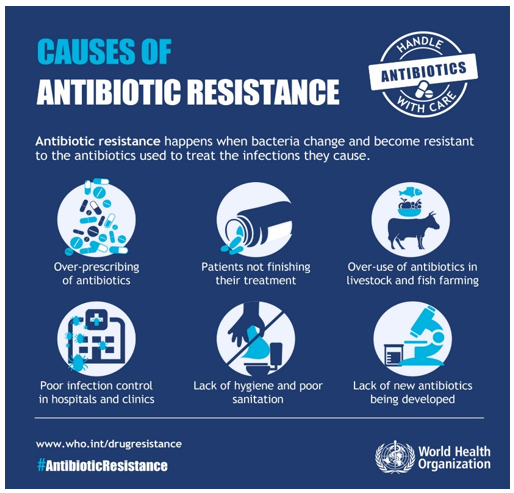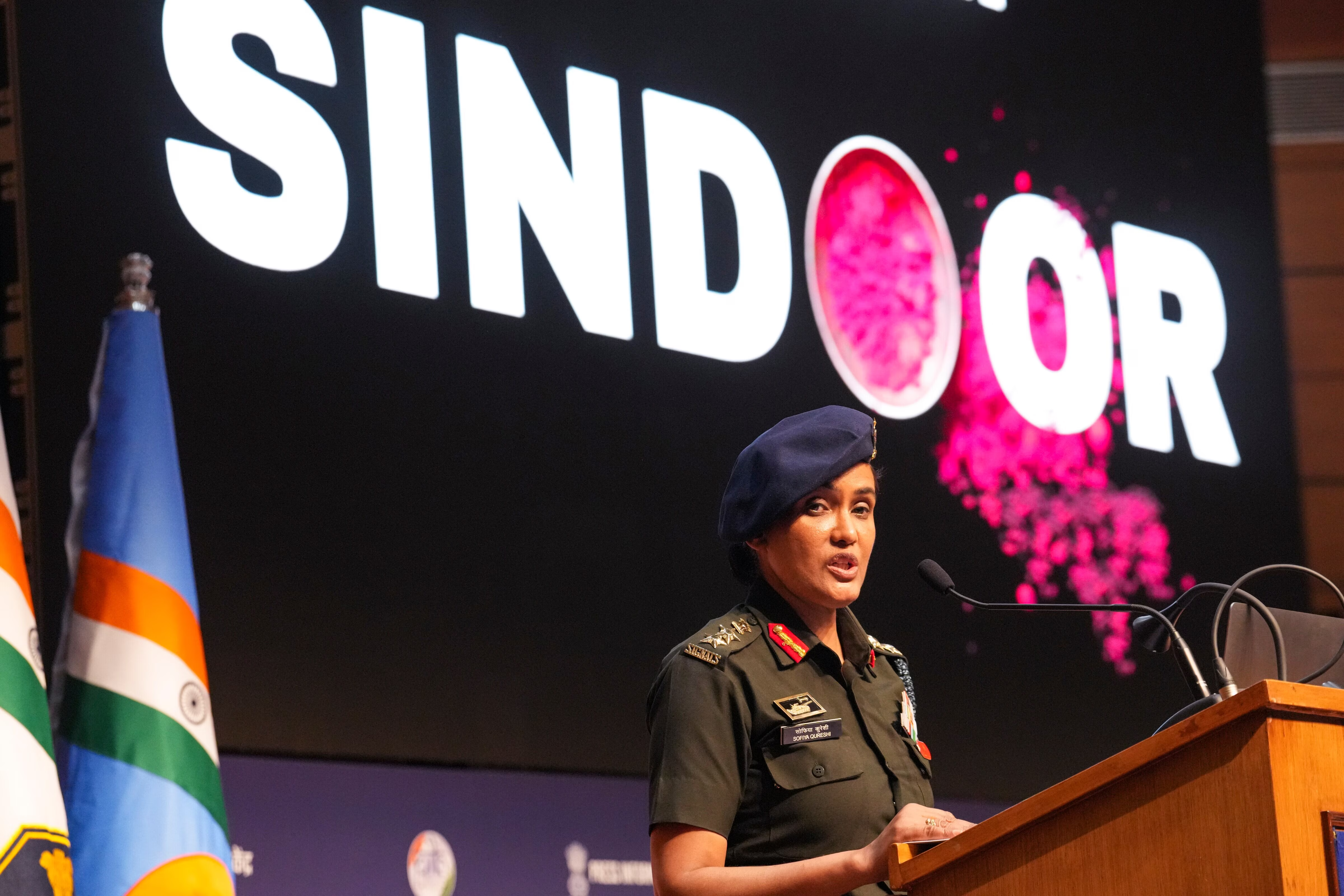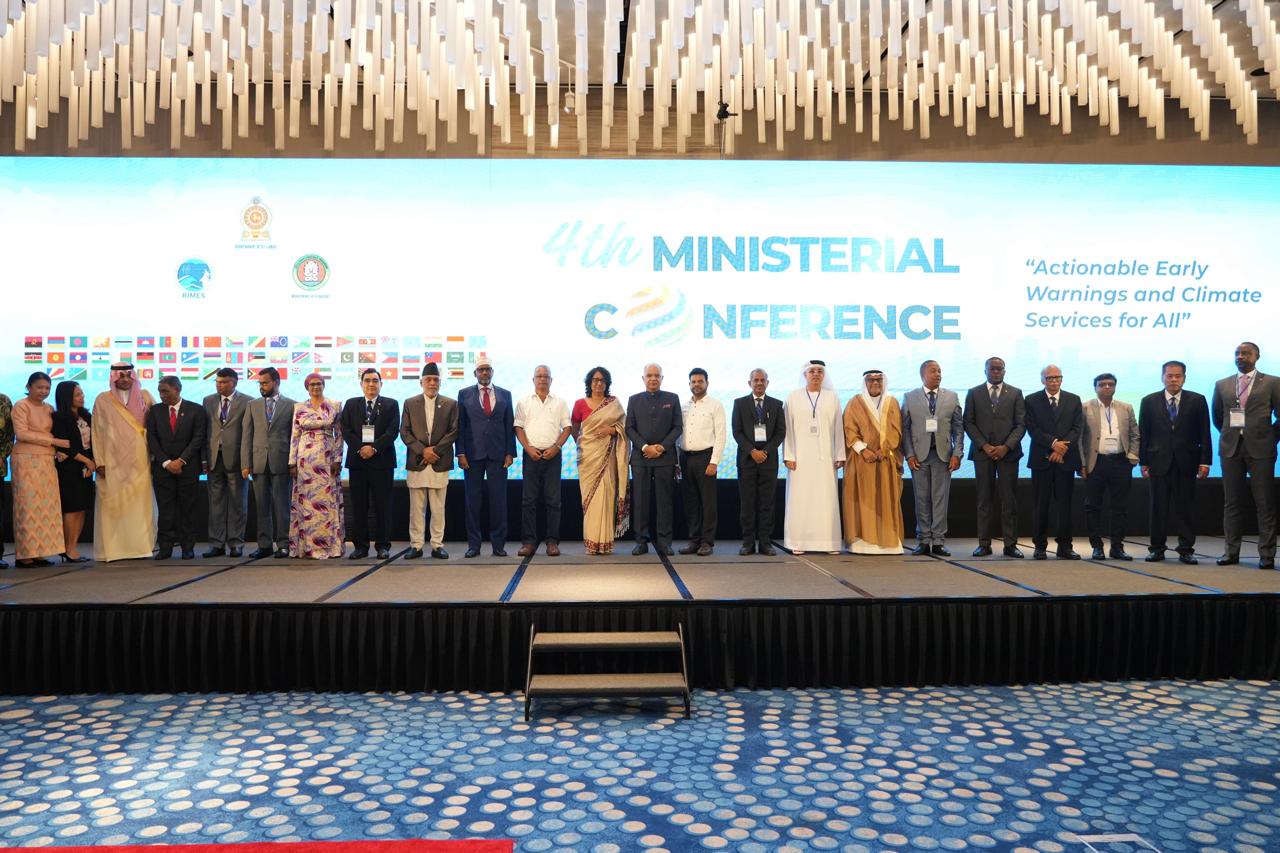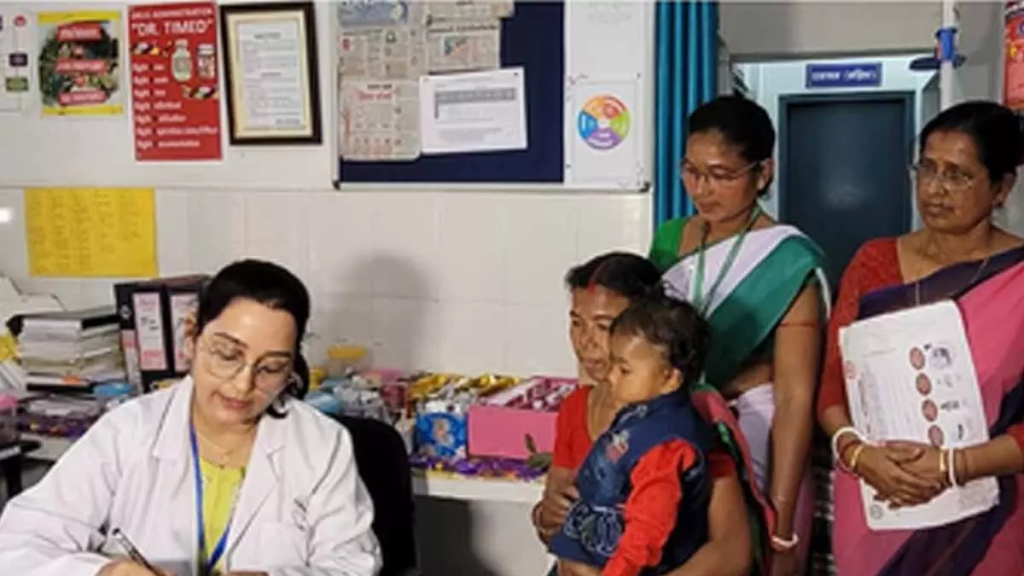- Courses
- GS Full Course 1 Year
- GS Full Course 2 Year
- GS Full Course 3 Year
- GS Full Course Till Selection
- Online Program
- GS Recorded Course
- NCERT (Recorded 500+ Hours)
- Polity Recorded Course
- Geography Recorded Course
- Economy Recorded Course
- AMAC Recorded Course
- Modern India, Post Independence & World History
- Environment Recoded Course
- Governance Recoded Course
- Science & Tech. Recoded Course
- International Relations and Internal Security Recorded Course
- Disaster Management Module Course
- Ethics Recoded Course
- Essay Recoded Course
- Current Affairs Recoded Course
- CSAT
- 5 LAYERED ARJUNA Mentorship
- Public Administration Optional
- ABOUT US
- OUR TOPPERS
- TEST SERIES
- FREE STUDY MATERIAL
- VIDEOS
- CONTACT US
Lancet study on rising air pollution and anti biotic resistance
Lancet study on rising air pollution and anti biotic resistance
09-08-2023

Latest Context:
Recently, the Lancet released a study which has shown the link between the rising air-pollution with the anti-biotic resistance.
Key findings of the study are:
- The study found that with every 1% increase in PM 2.5 pollution, there is an increase in antibiotic resistance between 0.5 to 1.9%.
- Antibiotic resistance resulting from air pollution is linked to an estimated 480,000 premature deaths in 2018 and this led to additional economic costs of around $395 billion.
- Countries like China and India have greatest impact on premature death toll due to changes in PM 2.5.
What is PM 2.5?
- PM2.5 stands for "Particulate Matter 2.5” and it refers to tiny particles or droplets in the air that have a diameter of 2.5 micrometers or smaller.
- These particles are a type of air pollution and have bad effects on human health and the environment.
- PM2.5 particles are so small that they can be inhaled deeply into the lungs and even enter the bloodstream.
- Due to their small size, they can travel long distances and remain suspended in the air for extended periods, leading to concerns about their impact on respiratory health, cardiovascular health, and other health issues.
- Sources of PM2.5 particles include combustion processes from vehicles, power plants, industrial facilities as well as natural sources like wildfires and dust storms.
- Due to their potential to cause health problems, monitoring and controlling PM2.5 levels are important for maintaining air quality standards and protecting public health.
What is Antibiotic resistance?
- Also known as Antimicrobial Resistance (AMR), occurs when bacteria, viruses, fungi, or other microorganisms develop the ability to withstand the effects of antibiotics that were originally effective in treating infections.
- This means that the medications that were once effective in killing or stopping the growth of these microorganisms become less or completely ineffective, making infections more difficult to treat and potentially leading to severe medical complications.
- Presently, AMR is a global health concern because it can lead to increased illness, prolonged hospital stays, higher healthcare costs, and in some cases, death.

What are the factors that contribute to the development and spread of AMR?
- Misuse and Overuse of Antibiotics: Inappropriate and unnecessary use of antibiotics in humans and animals can led to the development of AMR. This includes not completing a prescribed course of antibiotics, using antibiotics for viral infections (for which they are ineffective).
- Inadequate Infection Control: Poor infection prevention and control practices in healthcare settings can lead to the spread of resistant infections. Hospitals and clinics that do not follow proper hygiene protocols can facilitate the transmission of resistant bacteria among patients.
- Global Travel and Trade: International travel and trade can lead to the rapid spread of resistant pathogens across borders. Resistant bacteria can be carried by travellers, and contaminated food products can introduce resistant strains into new regions.
- Animal Agriculture: The use of antibiotics in livestock farming for growth promotion and disease prevention can contribute to the development of AMR. Resistant bacteria from animals can transfer to humans through consumption of contaminated food products or direct contact.
- Environmental Factors: Antibiotics and resistant bacteria can be released into the environment through sewage and agricultural runoff. These substances can persist in water bodies and soil, potentially leading to the development of resistance in environmental bacteria.
- Lack of New Antibiotics: The development of new antibiotics has slowed down in recent years, leading to a gap in treatment options for resistant infections. This puts additional pressure on existing antibiotics and increases the risk of resistance.
- Inadequate Diagnostics: Without accurate and rapid diagnostic tools, healthcare providers may prescribe antibiotics unnecessarily or choose ineffective antibiotics. This can contribute to the development of resistance.
Steps taken by India to tackle AMR are:
- National Action Plan on AMR: India launched its National Action Plan on Antimicrobial Resistance (NAP-AMR) in 2017. This plan outlines strategies to promote the responsible use of antibiotics, strengthen infection prevention and control measures, improve surveillance of AMR, and enhance public awareness.
- Regulation of Antibiotics: The Central Drugs Standard Control Organization (CDSCO) in India has issued guidelines to regulate the sale and use of antibiotics. It includes measures to restrict the over-the-counter availability of certain antibiotics and promote prescription-only usage.
- Surveillance Systems: India has established AMR surveillance networks to monitor the prevalence of resistant infections and track changes in resistance patterns. The Indian Council of Medical Research (ICMR) and other agencies are involved in these efforts.
- Infection Control Practices: Healthcare-associated infections contribute to AMR. India is working to improve infection control practices in healthcare settings to prevent the spread of resistant bacteria.
- Education and Awareness: The Indian government, along with non-governmental organizations, has launched awareness campaigns to educate healthcare professionals, patients, and the general public about responsible antibiotic use, the importance of completing antibiotic courses, and the risks of AMR.
- Strengthening Veterinary Regulations: In animal agriculture, regulations have been implemented to restrict the use of antibiotics as growth promoters and to promote responsible use in animals.
- One Health Approach: India is adopting a "One Health" approach that recognizes the interconnectedness of human health, animal health, and environmental health in combating AMR.
- Research and Innovation: India is investing in research and innovation to develop new antibiotics, diagnostic tools, and alternative treatments for bacterial infections. This includes funding for research projects focused on AMR.
- International Collaborations: India is participating in international initiatives and collaborations to address AMR, such as partnering with organizations like the World Health Organization (WHO) and the Food and Agriculture Organization (FAO).
Conclusion and Way Forward:
- To address antibiotic resistance, responsible use of antibiotics is crucial.
- Healthcare professionals should prescribe antibiotics only when necessary and according to proper guidelines.
- Patients should complete their prescribed antibiotic courses to ensure that all the bacteria causing the infection are eliminated.
- Additionally, efforts should be made to develop new antibiotics and alternative treatments to combat resistant infections, as well as to raise awareness about the importance of using antibiotics properly and preventing the spread of resistant microorganisms.
Must Check: IAS Coaching Centre In Delhi



